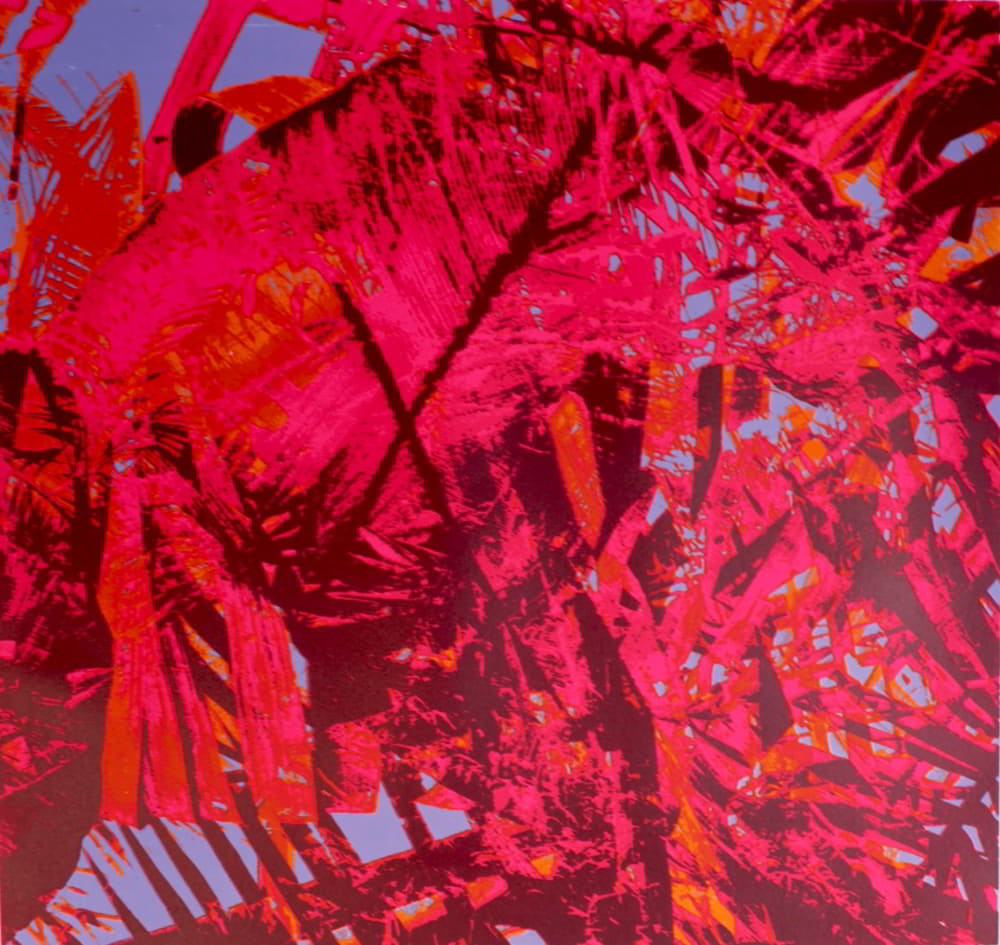
This gallery space has been transformed into a Print Studio to complement the exhibition Rembrandt in Print.
Through the work of four contemporary artists, and presented in collaboration with Cork Printmakers, Print Studio provides an overview of key printmaking techniques that existed in – or have developed since – the time of Rembrandt van Rijn (1606-1669). Associated materials, printing presses, and examples of etching, relief print, lithography, and screenprint are displayed alongside specially made video profiles that enrich our sense of what is involved in printmaking today.
We would like to particularly thank Deirdre McKenna, Fiona Kelly, Dominic Fee, Emma O’Hara, Peter McMorris, John Beasley, Jennifer O’Sullivan, Maeve Lynch, and Aideen Quirke for their collaboration in realising Print Studio.
Established in 1991, Cork Printmakers is a professional print studio, gallery and resource organisation providing artists with facilities and equipment to create artwork through the medium of print. Located at Wandesford Quay in the heart of Cork City it supports and promotes the creation and development of new work through their studios, exhibitions, events, and education programme, promoting the highest standards of practice in printmaking.
@corkprintmakers
Etching is part of the intaglio family of techniques, intaglio meaning “to incise”. Etching uses acid to make marks on a metal plate. The plate is covered with an acid resistant coating and the image is drawn using a sharp needle to scrape through the ground, exposing the plate. The plate is then immersed in an acid bath: the areas of exposed plate (the drawn areas) are bitten back by the acid. The characteristics of the marks produced depend on several factors: the tool used to draw the image, the type of ground used to coat the surface of the plate (hard or soft ground), and the length of time the plate is left in the acid bath.
Aquatint is an etching method introduced in the mid-seventeenth century to create a more subtle tonal range.
Deirdre McKenna works across painting and printmaking, with a focus on etching and aquatint. Influenced by the maritime community of her native Dingle, her work deals with the cultures and traditions of this place and their position in contemporary settings.
@deirdremckennaart
Relief printing is a generic term used to describe methods in which the raised areas of the printing plate are inked and printed. It includes linocut and woodblock techniques.
Linocut uses a linoleum block, a material that is easily carved using simple knives and gouges. Woodblock (or woodcut) is one of the oldest and simplest forms of printmaking. Various implements, both hand tools and power tools, are used to cut an image into a block of wood. Both involve inking raised or uncarved areas with a roller and then impressing onto paper, or fabric, either by hand or with a printing press.
Fiona Kelly is a visual artist whose practice primarily investigates demolition and ecology. Her work explores the architectural potential of re-appropriated materials in a state of rejection: waste concrete from demolition sites, recycled glass, cardboard, plywood, bitumen, and limestone dust. Kelly utilises sculpture, installation, and printmaking in her practice.
@freerangedfiona
Lithography is based on the resistance of grease and water. An image is drawn on a smooth limestone. The surface is then treated with resin and talc and covered in gum arabic and nitric acid, which ‘fixes’ the image. The stone is cleaned down with a solvent leaving a greasy image of the drawing. It is then dampened with water and rolled with ink. The greasy image repels water and holds the oily ink while the rest of the stone’s surface does the opposite. The printing is accomplished in a press similar to that used in intaglio processes.
Dominic Fee is visual artist and educator with a particular interest in collaborative projects. His work comprises printmaking, mixed-media sculpture, moving image, and site-specific installation, and has been exhibited both in Ireland and internationally.
@dominicfeeart
Screenprint uses a screen that consists of a synthetic mesh, which has been stretched tightly over a metal or wooden frame. A stencil is then applied to the mesh, and the stencilled image is printed by forcing ink or paint, using a squeegee, through the exposed parts of the stencil and mesh onto paper. The areas beneath the stencil remain un-inked.
Emma O’Hara is a visual artist working in photography, collage, and screenprint who takes inspiration from everyday encounters with landscape, architecture, and the urban environment. Deconstructing her surroundings, she then rebuilds them through the use of collage-based printmaking to highlight environments through a new lens. O’Hara’s work explores the relationship between mankind and the natural environment.
@emmaoharaartist

Emmett Place, Cork, Ireland
T12 TNE6
Tel: 021 480 5042
info@crawfordartgallery.ie
Opening Hours
N.B. Last entry is 15 minutes before closing
Monday–Saturday 10.00am–5.00pm*
Thursday until 8.00pm
Sundays and Bank Holidays
11.00 am–4.00pm
© 2024 www.crawfordartgallery.ie